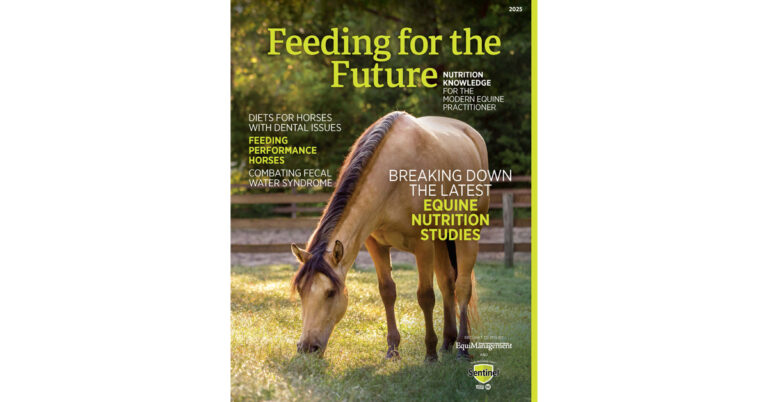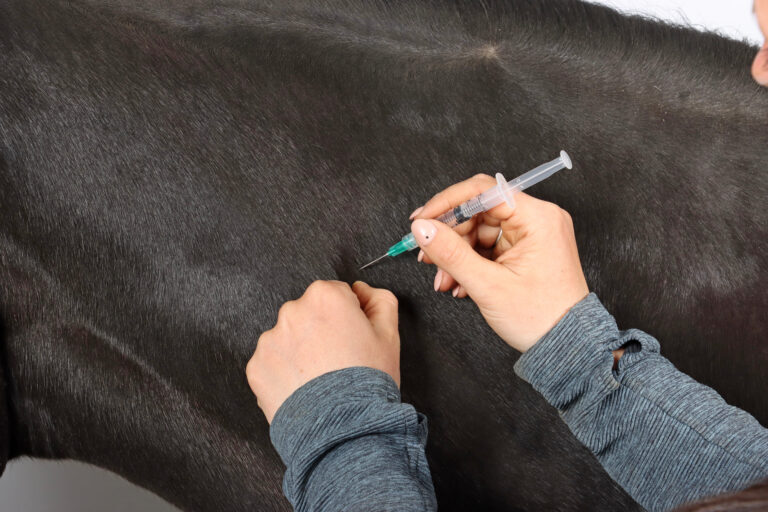
Elizabeth Acutt, DVM, Dipl. ACVR-EDI, assistant professor of Clinical Large Animal Diagnostic Imaging at the University of Pennsylvania School of Veterinary Medicine, gave a rapid radiology talk during the Burst Session at the 2023 AAEP Convention. She said in her experience veterinarians tend to tilt too far on a downward angle when taking craniocaudal stifle radiographs.
“Lesions tend to occur on the more cranial weight-bearing aspect, so we need to shoot more horizontally,” Acutt noted. “This type of angle will highlight even a subtle medial condylar defect.”
There are two ways of knowing if you have the X-ray beam in the right position:
- The medial tibial condyle should be flat, not curved.
- The proximal margins of the lateral tibial condyle and tibial plateau should be separated by 1 to 1.5 centimeters, not superimposed.
To further improve craniocaudal radiographs, get close! And by this she means the distance between the generator and the plate, not between the generator and the horse.
“This will produce a dramatic improvement in image quality,” Acutt promised.
For the flexed lateral oblique view, you might need to drop your technique. The most commonly performed projection, caudo 45-degree lateral-craniomedial oblique, gives the best views of most pathology, including the lateral trochlear ridge and the medial tibial condyle (look here for osteophytes).
Finally, use the caudomedial craniolateral view to assess the stifle for a cruciate injury.
Related Reading
- Understanding the Biomechanics of the Horse’s Fetlock Joint
- Equine Rib Fractures as Cause of Poor Performance
- Disease Du Jour: Equine Radiography in the Field
Stay in the know! Sign up for EquiManagement’s FREE weekly newsletters to get the latest equine research, disease alerts, and vet practice updates delivered straight to your inbox.




